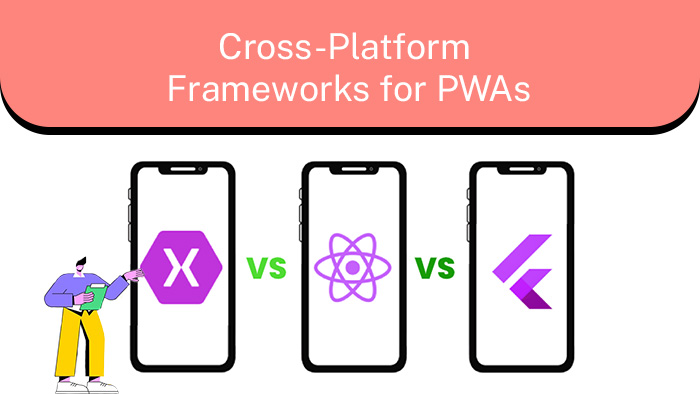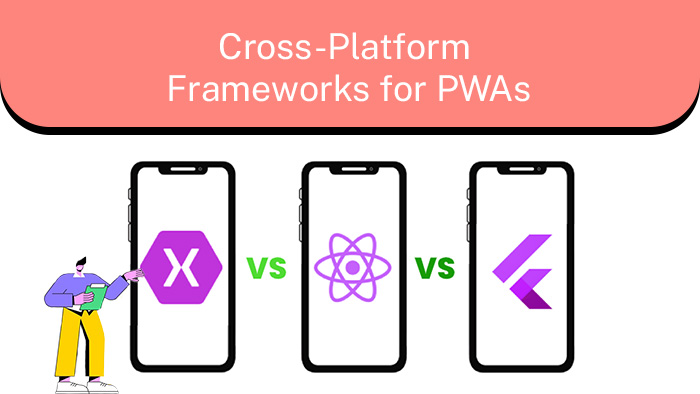Can a native application be developed for both iOS and Android simultaneously?
Yes, it is possible to develop a native application for both iOS and Android simultaneously using various frameworks like React Native, Flutter, or Xamarin. These frameworks allow developers to write code once and deploy it on both platforms, saving time and effort. However, it is important to note that while the application’s core logic can be shared, certain platform-specific components and features may need to be implemented separately. This approach provides an efficient solution for cross-platform development, but it still requires careful planning and consideration to ensure optimal performance and user experience.

